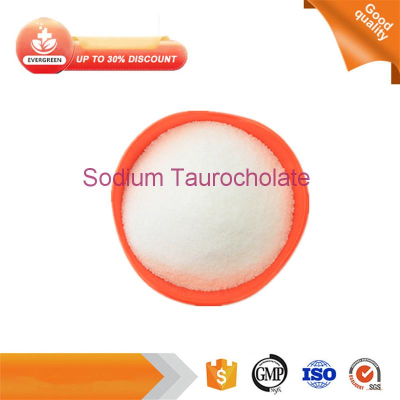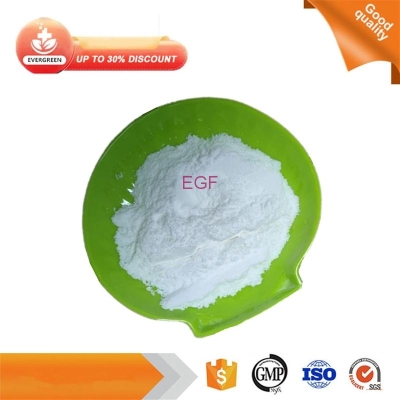-
Categories
-
Pharmaceutical Intermediates
-
Active Pharmaceutical Ingredients
-
Food Additives
- Industrial Coatings
- Agrochemicals
- Dyes and Pigments
- Surfactant
- Flavors and Fragrances
- Chemical Reagents
- Catalyst and Auxiliary
- Natural Products
- Inorganic Chemistry
-
Organic Chemistry
-
Biochemical Engineering
- Analytical Chemistry
- Cosmetic Ingredient
-
Pharmaceutical Intermediates
Promotion
ECHEMI Mall
Wholesale
Weekly Price
Exhibition
News
-
Trade Service
Cupric sulfate monohydrate is a widely used chemical compound in the chemical industry, with a variety of applications in various fields.
One of the most important aspects of the production and utilization of this compound is the concept of upstream and downstream products.
Upstream products refer to the raw materials and intermediates that are used to produce Cupric sulfate monohydrate, while downstream products refer to the final products that are made using this compound.
In the case of Cupric sulfate monohydrate, the upstream products include copper ore, sulfuric acid, and water, while the downstream products include various forms of copper compounds, such as copper oxide, copper carbonate, and other copper salts.
The production of Cupric sulfate monohydrate involves several steps, starting with the extraction of copper from copper ore.
This is usually done through a process known as smelting, which involves heating the ore to high temperatures in the presence of a reducer, such as sulfur or carbon.
The resulting product is a mixture of copper and sulfur, which is then treated with water to produce copper sulfate.
Sulfuric acid is then added to the copper sulfate solution to produce Cupric sulfate monohydrate.
The monohydrate form of the compound is preferred because it is more stable and has better storage properties than the dihydrate form.
Once the Cupric sulfate monohydrate has been produced, it can be used in a variety of downstream applications.
One of the most important uses of this compound is in the production of copper oxide, which is used as a catalyst in the production of polymers and other chemicals.
It is also used in the production of paper and textiles, and as a wood preservative.
The compound is also used in the treatment of water, where it is added to the water supply to remove impurities and disinfect the water.
It is also used in the production of fertilizers, where it is used to provide copper ions to plants.
In the pharmaceutical industry, Cupric sulfate monohydrate is used as an antidote for certain types of poisoning, particularly those caused by heavy metals.
It is also used in the production of certain medications, such as the antibiotic erythromycin.
The production and utilization of Cupric sulfate monohydrate are just one example of how the concepts of upstream and downstream products play an important role in the chemical industry.
By understanding the relationships between the various products in the production chain, chemical companies can optimize their processes, reduce costs, and improve the overall efficiency of their operations.







